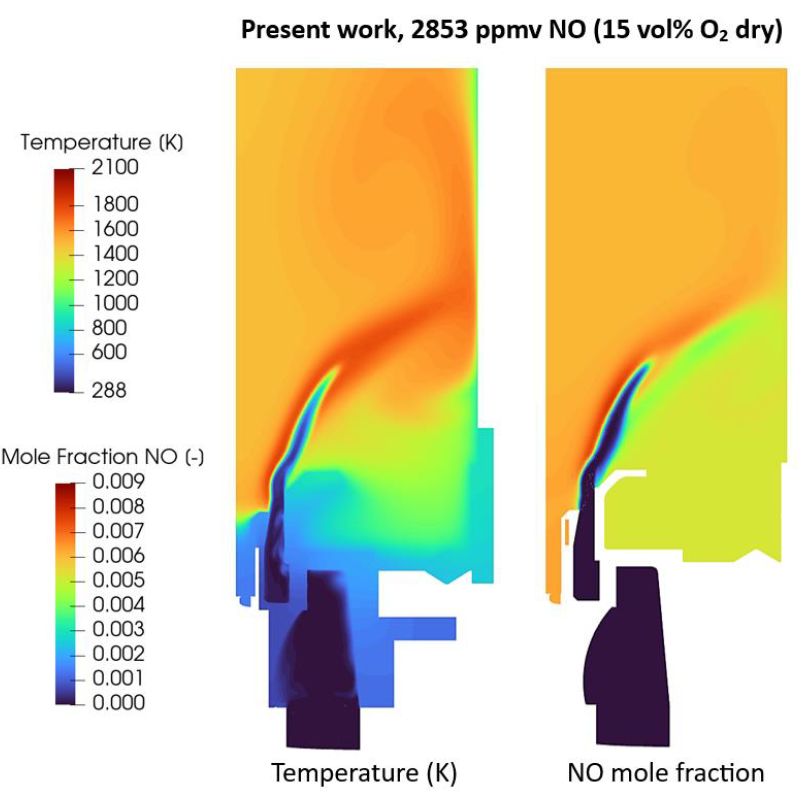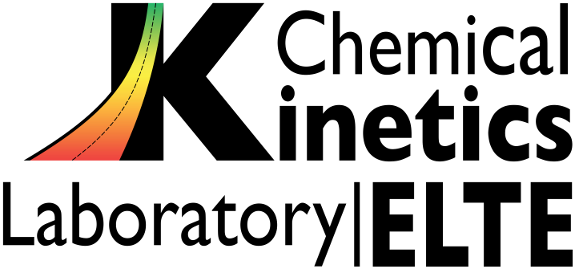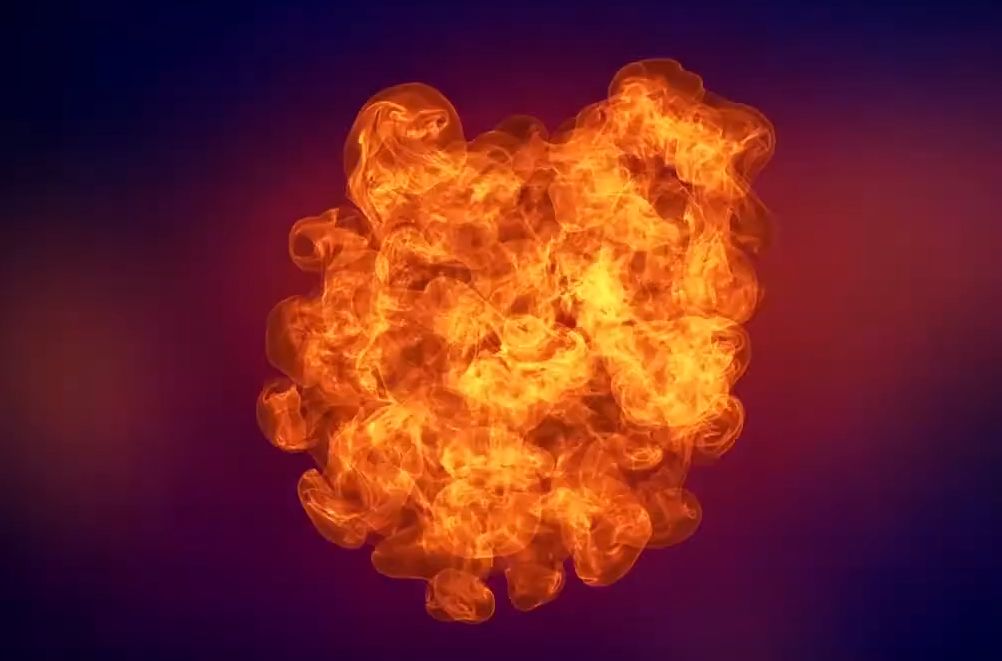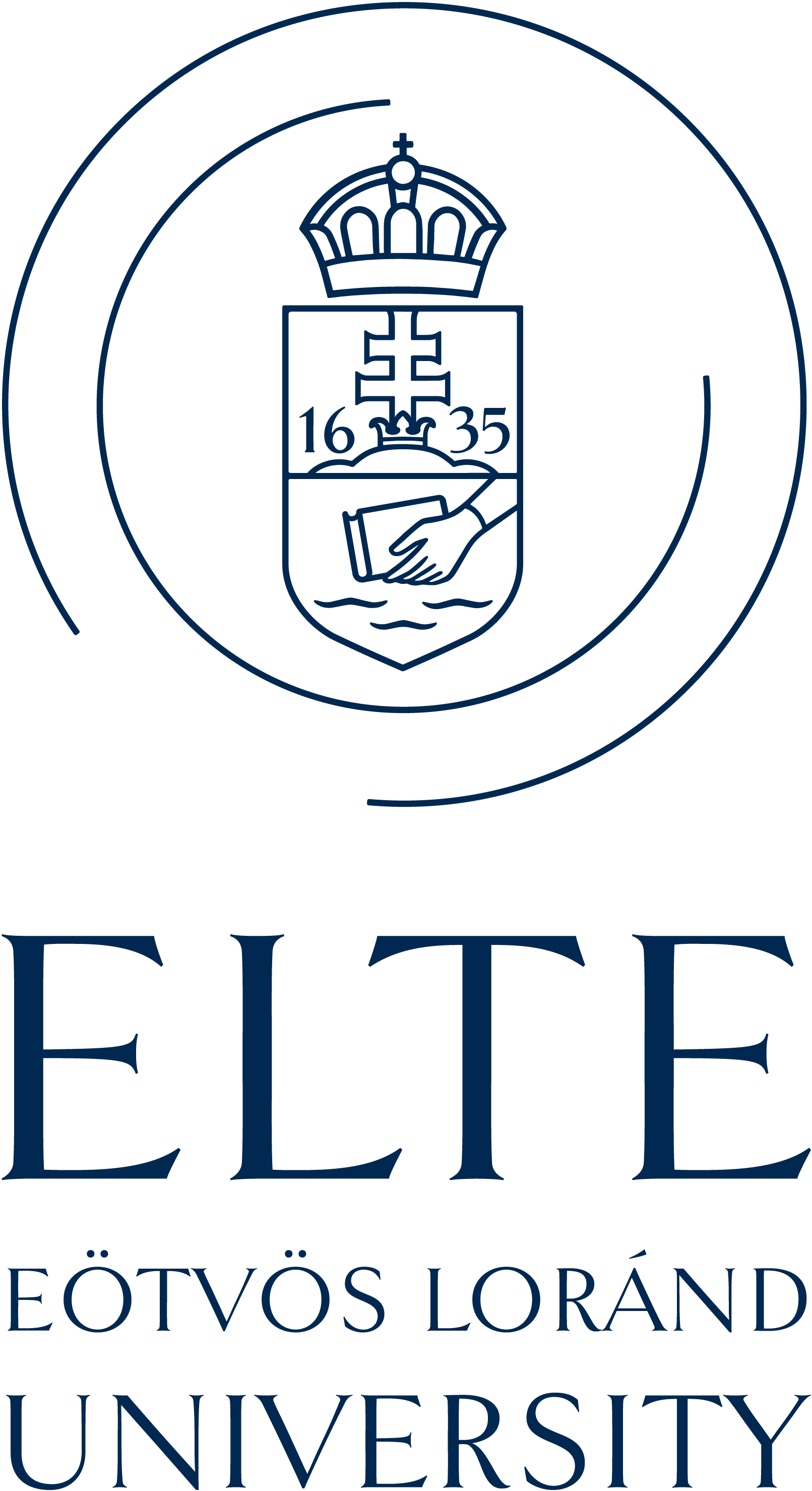ELTE Eötvös Loránd University
1117 Budapest Pázmány Péter sétány 1/A, Hungary
room 637 extension 1108
room 638 extension 1109
room 643 extension 1909
e-mail: turanyi@chem.elte.hu

A compact kinetic reaction mechanism for NH3/H2 flames
Alnasif A, Jójka J, Papp M, Szanthoffer AG, Kovaleva M, Turányi T, Mashruka S, Valera-Medina A, Nagy T

Ammonia (NH3) has been considered a potential fuel for energy production to achieve zero carbon emissions. However, several challenges must be addressed to ensure its widespread use and safety. The current work focuses on developing a kinetic reaction mechanism that not only accurately predicts laminar flame speeds and the emissions from NH3 and NH3/H2 flames across various conditions but also ensures seamless applicability in Computational Fluid Dynamics (CFD) simulations, particularly in scenarios involving turbulent flows, such as swirl burners or complex engine chamber conditions. Using code Optima++, the rate parameters of the San Diego NH3 mechanism (only 21 species and 64 reactions) were optimised against a large collection of laminar burning velocity data, and concentration data measured in jet-stirred reactors and burner-stabilised stagnation flame experiments to develop a compact, yet robust model for CFD simulations. Due to its small size, the mechanism lacks important chemical pathways, so the requirement for physically realistic rate coefficients had to be sacrificed in order to achieve the best possible predictivity for practical applications. The mechanism has been tested for 70/30 vol% NH3/H2 mixtures in CFD simulations of a general swirl burner against experimentally measured concentrations. Its predictions demonstrated good qualitative and often quantitative agreement with the experimental data for NO, N2O, and NO2 emissions, and NH3 slip in the whole equivalence ratio range, while allowing accelerated simulations compared to other leading mechanisms.
Continue reading...

Optima++ is a general framework for manipulating experimental data related to combustion chemistry, carrying out simulations of such experiments, performing model optimization and analysis, and providing auxiliary features for the above tasks. Optima++ is able to handle simulation codes Cantera, FlameMaster, OpenSMOKE++ and ZeroRK. Also, Chemkin Pro is coming soon.
An interactive web site, where the users may find Arrhenius parameters of gas phase elementary reactions determined in direct measurements, theoretical calculations or have been used in modelling studies. The users may recalculate the uncertainty limits of the rate coefficients. The editors have the right to upload data sheets for new reactions and to add, delete or modify existing data sheets. The editor status may be granted to any registered user upon request to the administrator.
Visit k-evaluation web page
Reaction fluxes of a combustion simulation can be visualized in the forms of still pictures and videos.
We maintain a collection of a series of Chemkin-format reaction mechanisms for the combustion of the following fuels:
hydrogen, syngas, methanol, ethanol, methane, butanol, fuels+NOx.



